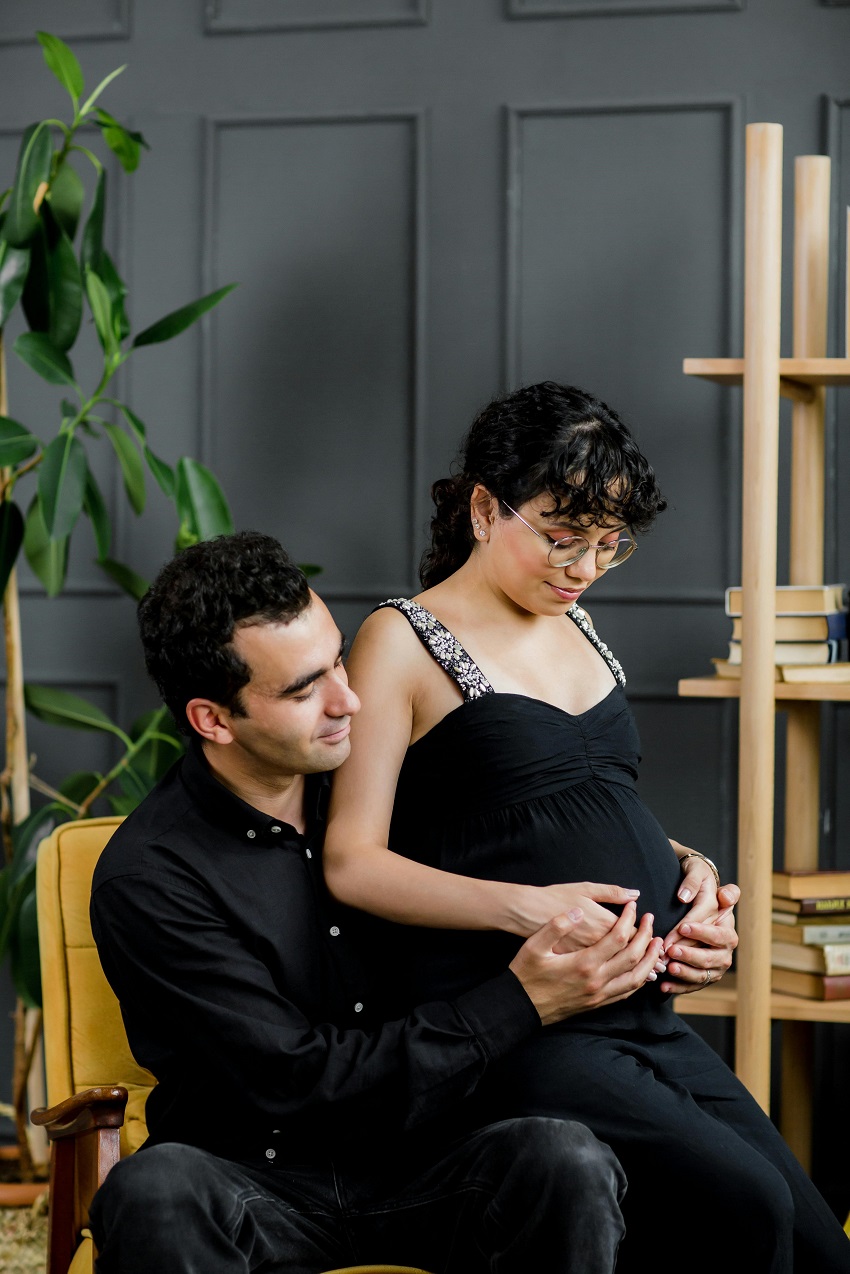您好!很高兴为您提供一对一的专属咨询。
请问有什么可以帮您?
冻卵的流程和价位是什么?


With changing perspectives on family planning, more women are considering having a second child after their first. For families choosing IVF or egg freezing in the US or Mexico, one crucial question arises—the optimal interval between the first and second pregnancy.
Joint studies from the US and Canada indicate that if the interval between pregnancies is too short, especially under 18 months, maternal and infant health risks increase significantly. Women who conceive again in a short period are more likely to experience preterm birth, fetal growth restriction, or low birth weight. These risks are even more pronounced for older women. The research further highlights that women over 35 who conceive within six months after delivery face higher maternal and fetal risks, while extending the interval to 18 months or more significantly reduces these risks.
Why does the interval between pregnancies have such an impact? Harvard epidemiology professor Sonia Hernandez-Diaz explains that after giving birth, a woman’s body needs time to restore uterine lining thickness, hormonal balance, and nutritional reserves. Conceiving again before full recovery can lead to implantation difficulties or insufficient nutrition for the embryo. Additionally, short-term attempts to conceive often coincide with psychological stress and inadequate postpartum care, indirectly affecting pregnancy quality.
Therefore, before preparing for a second pregnancy—whether naturally or through US or Mexico IVF—women should undergo comprehensive preconception evaluations. Doctors assess ovarian function, uterine condition, and hormone levels to provide a scientific foundation for subsequent IVF-PGT treatment. At the same time, maintaining a healthy lifestyle—balanced diet, regular exercise, and adequate sleep—is essential for improving overall fertility readiness.
Many women find that preparing for a second pregnancy is more challenging than the first, primarily due to age-related declines in ovarian function. Dr. Nathan Zhang notes that after age 30, both the quantity and quality of eggs begin to decrease, with a sharper decline after 35. Aging eggs increase the likelihood of chromosomal abnormalities in embryos, making conception more difficult and raising the risk of miscarriage. Studies show that women over 40 may have embryo chromosomal abnormalities as high as 60-70%.
At this stage, advanced IVF-PGT technology becomes a key advantage. By screening embryos at the blastocyst stage, doctors can select those with normal chromosomes and high developmental potential for transfer, greatly increasing success rates and reducing miscarriage risks.

In the journey of building a family, scientific planning and professional guidance are equally important. Dr. Nathan Zhang and the IVF USA team have provided international assisted reproductive consultation for over a decade, offering services such as US egg freezing, US IVF, and third-party reproduction. With nearly 20 years of experience in overseas fertility, IVF USA has established an early presence in the Mexico market and serves as the China representative of Power Fertility Center Mexico (POWER IVF). Dr. Zhang’s practice now extends beyond the US to Mexico, Japan, Thailand, Taiwan, and Hong Kong. Each family’s reproductive timeline deserves respect, and technology serves as a tool—the key is finding the rhythm that best fits one’s body and timing.